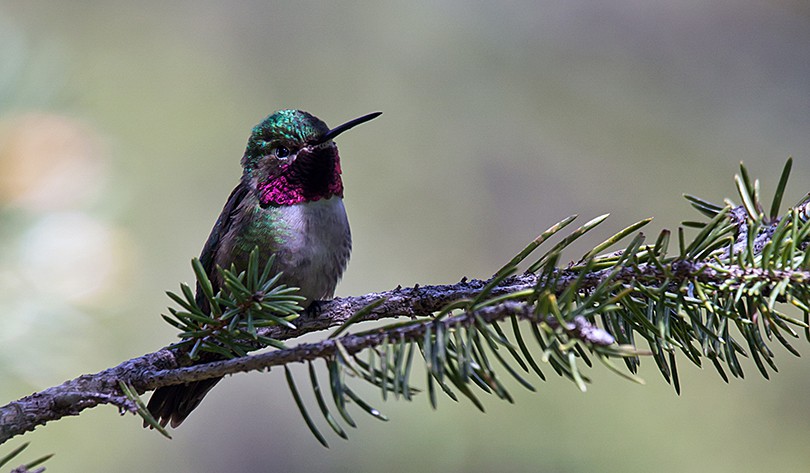This “old chap” now fits the stereotype
By Dennis Smith
For as long as I can remember, I envisioned birdwatchers as knobby-kneed old codgers in bifocals running around in khaki shorts and pith helmets, toting cameras, binoculars and backpacks bulging with life lists and field guides. I imagined them exclaiming things like, “By Jove, old chap, I believe I just spotted a yellow-bellied bushtit fluttering about over thah.” Then last week, to my profound amazement, I saw my reflection in the mirrored surface of my truck door and realized I looked exactly like one of those clowns, minus the pith helmet.
I was loading my camera gear for a trip to the foothills to photograph hummingbirds when I saw the image and said to myself, “Good grief! That can’t really be me, can it?” But there was no denying it. It was all there: the wire-rimmed bifocals, the khakis, the cameras and the bulging backpack. I attained codger status awhile back and have the requisite knobby knees. And now I was off to watch some silly little birds, wasn’t I? I wore a stupid-looking hat, too, though it wasn’t a pith helmet.
This was one of those awkwardly insightful moments when it occurs to you that your friends probably see you as an eccentric old twit with a camera and a bird book, instead of the dashing, steely-eyed, globe-trotting wildlife photographer you imagine yourself to be. It also occurs to you that you’re having too much fun to care, and so you buzz up the canyon.
I went off to rendezvous with a wave of migrating broad-tailed hummingbirds holed up on a friend’s property on the upper reaches of the Big Thompson River. “At least 40 of them,” she told me. “Been here since the first of April. Probably be 100 or more by the end of summer.” She went on: “They’ve been coming here for years. The broad-tails show up first in early spring, followed by rufous hummers in mid- to late-July, along with the occasional calliope and black-chinned hummers. I go through over 100 pounds of sugar every summer feeding them.”
I was stunned. I never even heard of that many hummingbirds in one place, much less seen them. We get two, maybe three visiting our yard each summer, if we’re lucky, and then usually not until July or August. We put out two feeders, but they much prefer the flowers: coralbells, penstemons and butterfly bushes.
Typically, male broad-tailed hummingbirds take up residence in ancestral breeding grounds in the alpine regions of Colorado where they establish and defend their nesting territories, but they make daily reconnaissance flights to the foothills and lower elevations in springtime to feed until plants and flowers begin blooming in the high country. If you have feeders out in early spring it’s possible to intercept some of them and maybe even encourage them to stay.
So, our feeders are out and the penstemons and coralbells are blooming, but no hummers yet. Maybe I need to get me one of those pith helmets.

